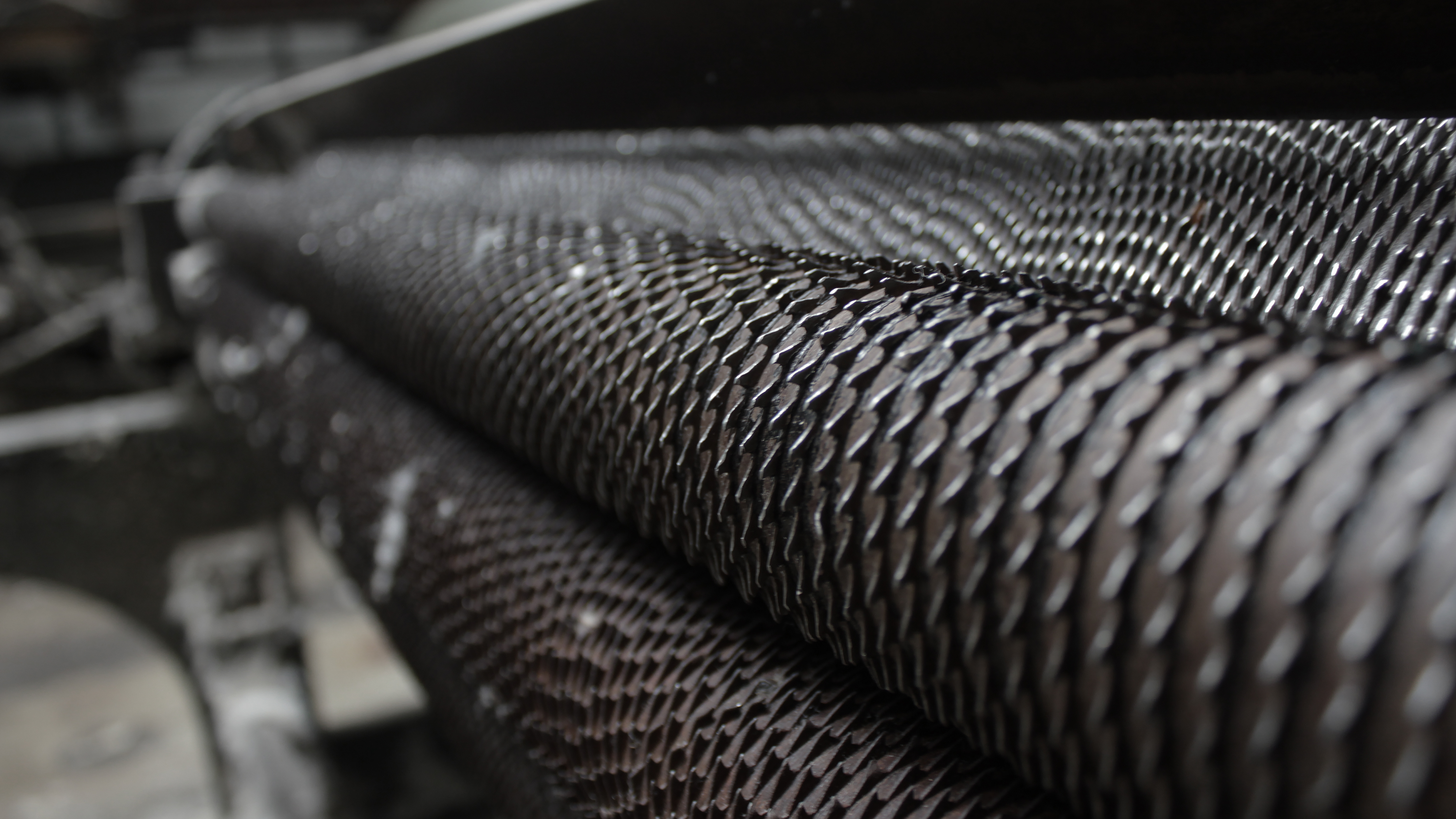By Jerry Jasinowski, Fmr. President of the National Association of Manufacturers
If there is one salient feature of U.S. manufacturing today even more dramatic and promising than the growing re-shoring trend, it is surely the shift to sustainable manufacturing which is transforming the manufacturing landscape even as it boosts corporate earnings and fosters diverse innovation.
My interest in this topic began with the teachings of W. Edwards Deming whose revolution in quality improvement consistently stressed that “one must learn to do more with less.” I also found my contact with young people evoked a consistent theme that they wanted to improve the environment and give back to their community. Based on this, I proposed to the School of Public and Environmental Affairs at Indiana University where I am on the Board of Trustees that they undertake a project to focus on the positive activities corporations are taking in this area. This led to a new report, “Success Paths to Sustainable Manufacturing,” which you can access here.
Our research focused on 12 prominent corporations including Caterpillar, DuPont, Eli Lilly, Proctor & Gamble and General Dynamics that are in the forefront of the sustainability movement. We looked for core themes that enabled the companies to embrace sustainability successfully, and cited numerous examples of those successes.
There are many obvious means for achieving sustainable manufacturing such as reducing use of energy, reducing use of water, decreasing emissions from manufacturing processes and reducing physical waste. And there are myriad benefits — demonstrating a company’s commitment to community and stakeholders, meeting regulatory requirements and consumer expectations, earning awards and positive media coverage and attracting a new generation of bright young people into manufacturing careers. Others include creating wildlife habitats, deploying renewable energy production at plants, turning waste into revenue streams and improving communities where manufacturing facilities are located.
Of course, there is also a more crass and fundamental reason — money. Reducing consumption of energy and water and production of waste by definition saves an enterprise money, sometimes lots of money.
One of the companies reported that while growing 40 percent over the past 15 years, it had saved about $7 billion through sustainable manufacturing practices. Another firm reduced its manufacturing footprint in North America from 15 million square feet to 5 million square feet, even as the company grew, which reduced its bills for energy and real estate while increasing operational efficiency. Yet another has embarked upon a campaign to reduce its energy use by 20 percent by 2020 saving $80 million a year. And still another eliminated 14 hazardous waste streams, reducing its annual waste disposal tab from $750,000 to $40,000 in one year.
It goes without saying that initiatives like these also generate positive reactions among the public, increasing the likelihood that environmentally conscious young people will pursue careers in progressive manufacturing firms. Sustainable manufacturing is a wave of the future.
Jerry Jasinowski, an economist and author, served as President of the National Association of Manufacturers for 14 years and later The Manufacturing Institute.



